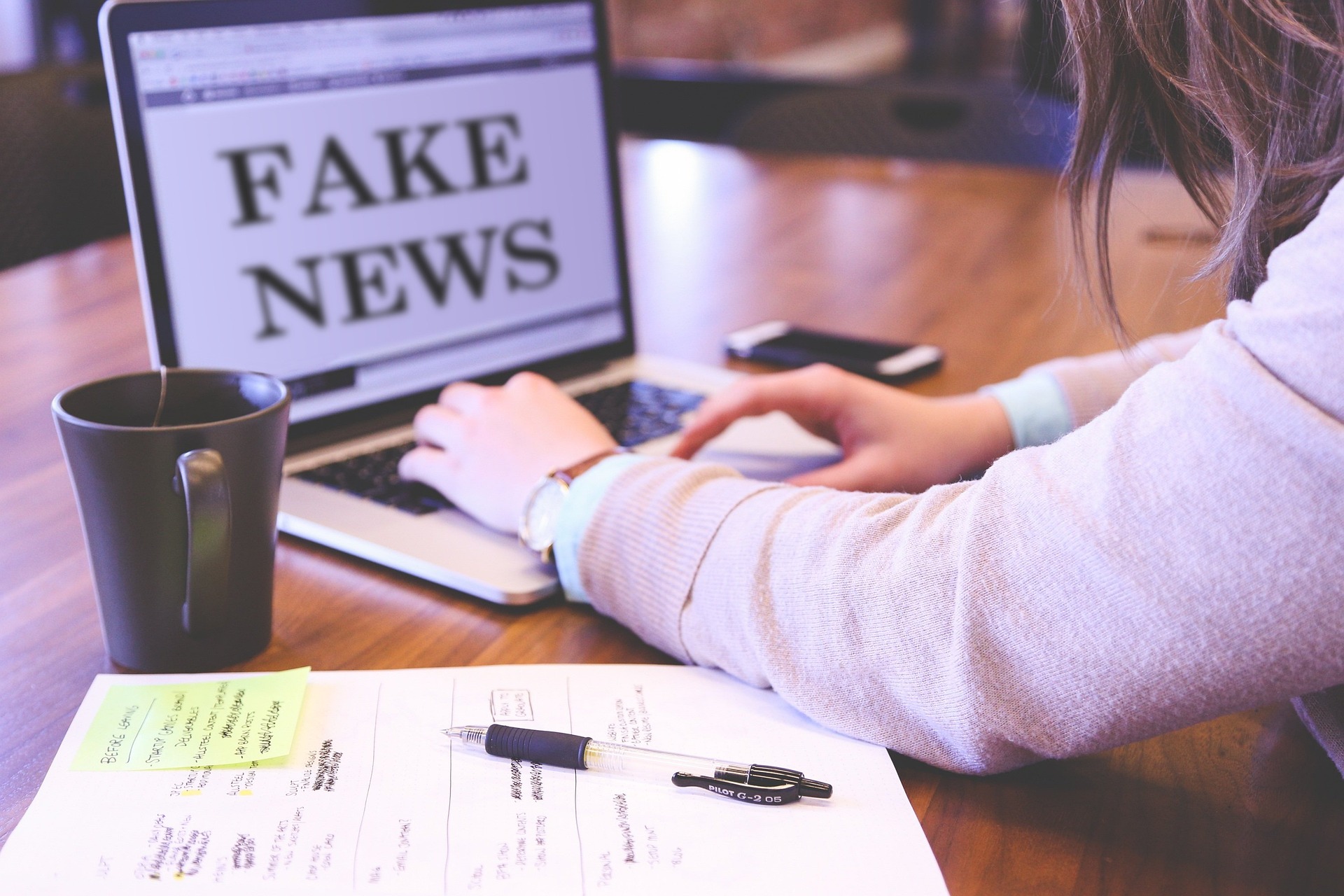
Credit: Pixabay
Stay Sharp and Informed in a World Full of Misinformation
In a world where news spreads in an instant, it’s easy to get caught up in misleading stories. Whether it’s on social media, websites, or even from friends, fake news can be tricky to spot. But don’t worry! Here are some simple tips to help you figure out what’s real and what’s fake—so you can stay informed without getting tricked.
1. Check the Source
Before you believe a story, take a moment to check where it’s coming from. Is it a trusted, well-known news source like BBC or Reuters? Or is it from a site you’ve never heard of before? Be careful with websites that don’t seem familiar or are trying to grab your attention with clickbait headlines. If you’re not sure, a quick search can help you figure out if other reputable outlets are reporting the same story.
2. Look for the Author
If you’re reading an article, look for the author’s name. Are they a real journalist with a background? If the author is anonymous or hard to find, it’s a sign you should be cautious. Well-known journalists will usually have their credentials visible, and you can often find other articles they’ve written.
3. Read Beyond the Headline
Headlines are meant to grab your attention, but they don’t always tell the full story. Sometimes, they can be exaggerated or misleading. Always take the time to read the entire article to understand the details. If the headline is shocking or seems too good to be true, it’s a good idea to read more carefully before sharing it.
4. Check the Date and Context
Some fake news stories are actually old stories being shared again, making them seem current. Always check the date of the article to make sure it’s not outdated. And remember to think about the context of the story—is it relevant to what’s going on right now?
5. Verify with Multiple Sources
If you find a story that seems unbelievable, check it out on other trustworthy news sites. If it’s a big story, you should see it reported by more than one reliable source. If only one obscure website is covering it, that’s a red flag.
6. Use Fact-Checking Websites
There are websites dedicated to fact-checking stories, such as Snopes, FactCheck.org, and PolitiFact. These websites are great at debunking fake news and can quickly tell you whether a story is true or not.
7. Watch for Emotional Language
Fake news often uses strong emotions—like fear, anger, or excitement—to get you to share it quickly without thinking. If a story is making you feel strongly, take a moment to pause and think. Is the story playing on your emotions? If so, that’s a sign to dig a little deeper.
8. Look for Evidence
Real news stories provide evidence—like expert opinions, facts, or studies—to back up their claims. If the article doesn’t offer any evidence or is very vague, it’s worth questioning. Also, check where the evidence is coming from. Are the sources reliable? If not, the story might not be trustworthy.
9. Consider the Bias
News sources can have biases, whether political or otherwise. It’s important to be aware of this when reading any story. Try to get different perspectives on a topic to understand it better. A balanced view will help you get the full picture.
10. Trust Your Gut
If something about a story feels off, trust your instincts. If it sounds too dramatic, too emotional, or too unbelievable, it’s worth looking into further before sharing it. It’s always better to double-check than to accidentally spread misinformation.
Final Thoughts
Spotting fake news doesn’t have to be hard. By checking the source, reading carefully, and using some common sense, you can stay informed and avoid falling for false stories. The next time you come across something that seems too good (or bad) to be true, take a moment to verify it first. Staying informed is all about being smart, and these simple steps will help you do just that!
































